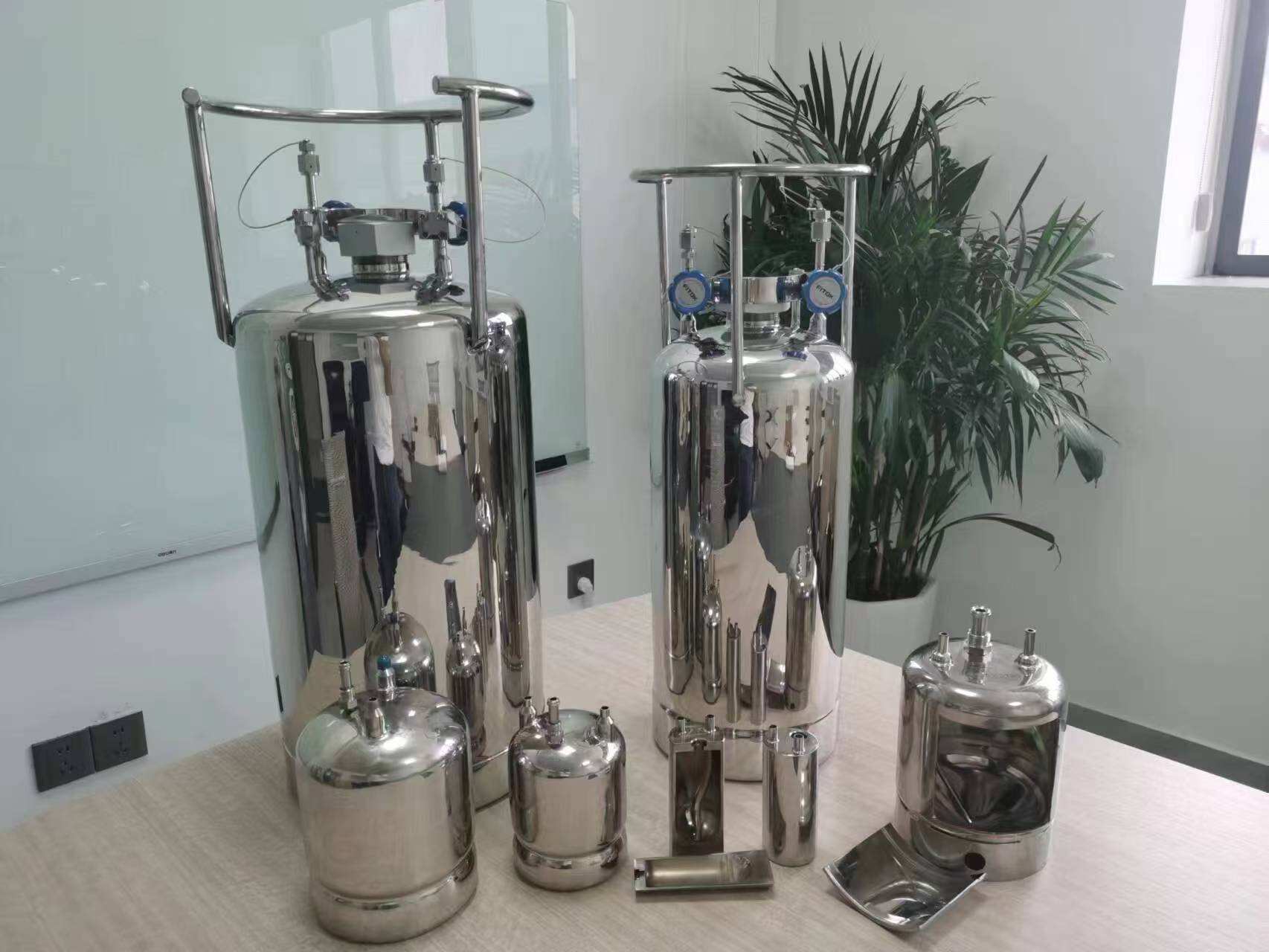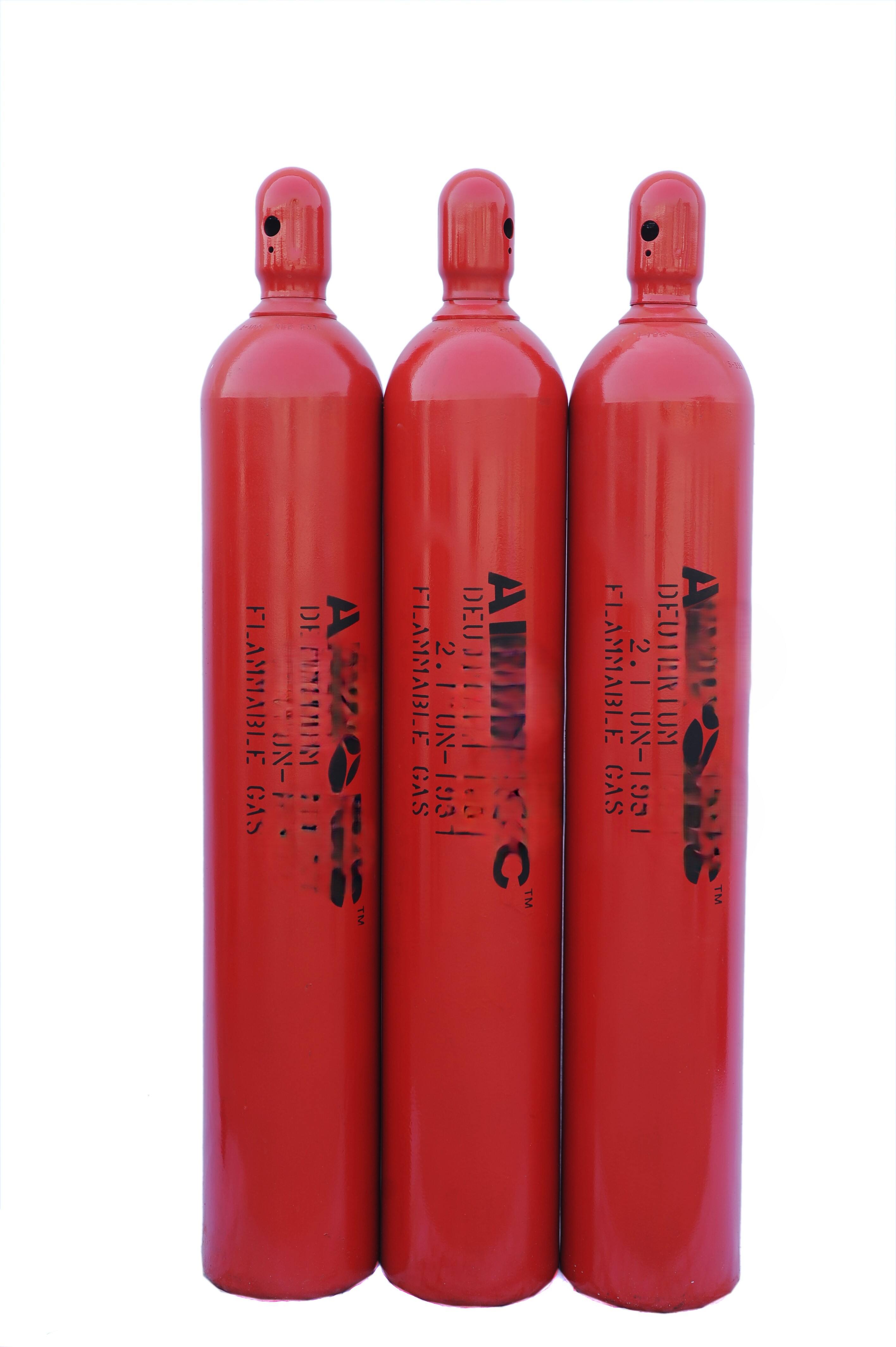Analytical gases are integral to chemical analysis, providing the necessary reactants and controlling the reaction environment. These gases facilitate various chemical reactions by serving as reactants and maintaining inert atmospheres crucial for sensitive experiments and reactions. For instance, gases such as nitrogen and carbon dioxide are used to create such environments, helping to prevent unwanted reactions in sensitive experiments. Accurate monitoring of gas compositions is crucial for understanding reaction kinetics and thermodynamics, which are essential for predicting and controlling chemical reactions effectively. Research indicates that the absence or mismanagement of analytical gases can significantly alter experimental results, thereby impacting research outcomes.
Measurement accuracy in analytical chemistry depends significantly on the purity of the gases used, as impurities can distort the results. Consistent use of high-purity analytical gases is vital for the reliable calibration of instruments, ensuring the establishment of standard operating procedures. Scientific studies illustrate the link between gas purity and the reproducibility of measurements, particularly in techniques like gas chromatography and mass spectrometry. Maintaining stringent standards in analytical gas quality is not only essential for ensuring measurement accuracy but also for meeting regulatory compliance and validation requirements in laboratory settings.
Gas Chromatography (GC) and Fourier-transform infrared spectroscopy (FTIR) represent two pivotal techniques in gas analysis with distinct applications. GC is primarily used for separating volatile compounds, significantly improving sensitivity and throughput through recent advancements like high-resolution columns. This makes GC an essential tool for laboratory analysis. In contrast, FTIR focuses on identifying chemical bonds and functional groups without altering the sample state, which is advantageous for qualitative analysis. According to Dr. Priyom Bose, FTIR allows the simultaneous detection of more than 20 different gases by measuring the absorption of infrared radiation. Understanding the strengths of each method ensures more effective application depending on the sample nature—GC is preferred for separation tasks, while FTIR excels in non-destructive testing.
Infrared (IR) spectroscopy and mass spectrometry (MS) are critical for both qualitative and quantitative analysis in gas detection. IR spectroscopy analyses molecular vibrations, providing insight into the structural composition of gases. On the other hand, MS determines molecules based on their mass-to-charge ratios, offering high precision in quantifying and identifying compounds. When integrated, these techniques offer enhanced analytical capabilities, indispensable in fields like pharmaceutical and environmental testing due to their accuracy. For example, combining IR with MS allows the detailed examination of trace elements, increasing the reliability of the data obtained. It's vital to comprehend the limitations and calibration methods of both to improve data quality, as demonstrated by various scientific studies highlighted in the referenced materials.
Thermal Conductivity Detectors (TCD) play an essential role in gas chromatography by measuring the thermal properties of gases, aiding in compound identification. TCD systems are sensitive to variations in the thermal conductivity caused by analytes in carrier gases. Recent innovations have enhanced TCD sensitivity and facilitated integration with other detection methods, which are crucial for robust analytical results. These systems find expanding applications in sectors such as environmental monitoring and industrial emissions analysis, driven by the increasing regulatory demands. The development of TCD technology, as outlined in various industry studies, continues to pave the way for more accurate and reliable gas analysis, advancing the overall methodology of chemical analysis.
High-purity cylinder gases are integral to upholding the integrity of analytical processes, conforming to industry standards like ISO and CGA. These standards ensure that the gases meet stringent criteria, thus maintaining accuracy in various analyses. For instance, the semiconductor industry widely uses gases with a purity level of 99.9999% argon to achieve precise results. Compliance with purity standards is not only crucial in pharmaceuticals and environmental testing but is also mandatory to meet regulatory requirements. Continuous monitoring and systematic evaluation of gas quality are essential practices to enhance precision and accuracy in analytical results, further solidifying the reliability of these processes.
Compressed gas solutions play a vital role in laboratory and industrial testing environments, spanning applications from environmental testing to production processes. One significant advantage of these solutions is the ability to create custom gas mixtures tailored to specific testing needs, which enhances the reliability of experimental outcomes. Shipments of high-purity cylinder gases must adhere to rigorous guidelines to prevent contamination, necessitating specialized handling procedures. As the need for customized testing grows, the adoption of advanced gas mixing technologies is increasing, offering precise control over the composition and quality of gases used in industrial testing. This trend enables industries to maintain high standards of accuracy and efficiency in their testing environments.
Tri-silicon and tetra-silicon gases are revolutionizing electronics manufacturing by facilitating the production of cutting-edge microelectronics. These gases play a pivotal role in processes such as chemical vapor deposition (CVD), which directly influences the performance and reliability of semiconductor devices. As technology continues to evolve, market analysis suggests a growing demand for precise gas applications like tri-silicon, especially in the burgeoning field of nanotechnology. Ensuring adherence to stringent purity and performance specifications is vital for optimizing manufacturing outputs and minimizing waste, thereby enhancing the quality of electronic products.

Ethylene holds a crucial role in the production of polymers and plastics, serving as a cornerstone in the petrochemical industry. Understanding the kinetics of ethylene polymerization provides essential insights for advancements in materials science and engineering. Research indicates that precise control over ethylene concentration during polymerization can greatly influence the characteristics of the final product. As the demand for varied polymer applications grows, the continuous innovation and optimization of gas usage become critical to enhancing material performance, thereby meeting the evolving requirements of the petrochemical sector.

High-performance gas cylinders are engineered to conform to exacting standards for pressure, safety, and purity—essential elements in varied scientific applications. The materials used in cylinder construction, such as stainless steel versus composite options, significantly impact cylinder selection due to their unique attributes. Adherence to pressure regulations is vital to guarantee the safe utilization of gases, reducing risks associated with gas explosions or leaks in industrial environments. With continuous advancements in cylinder technology, there's a focus on enhancing durability, minimizing weight, and bolstering safety features for both transport and storage in modern industrial contexts.
